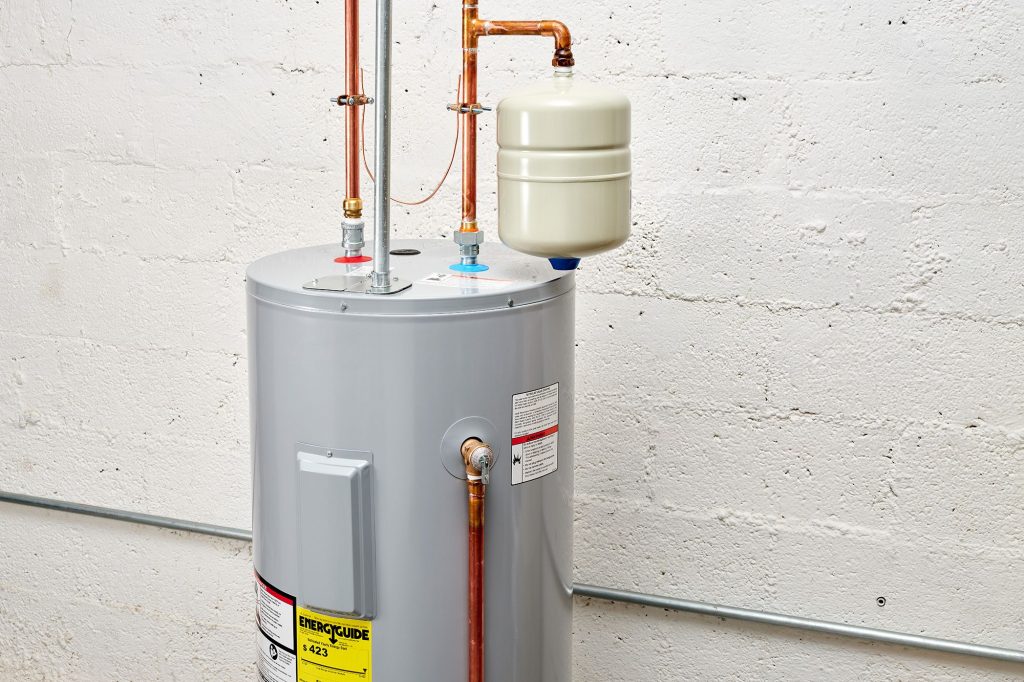
Upgrade Your Comfort: Installing a New Thermostat
Enhancing your home’s comfort and energy efficiency starts with a simple yet impactful upgrade – replacing your thermostat. In this guide, we’ll take you through the process of installing a new thermostat, providing expert tips to ensure a smooth transition and improved control over your heating and cooling systems.
Understanding Thermostat Types: Choosing the Right Model
Before diving into the replacement process, it’s crucial to understand the types of thermostats available. From traditional analog models to modern smart thermostats, each comes with its own set of features. Consider your preferences, budget, and desired level of automation when selecting a thermostat. Smart thermostats offer programmability and remote control, contributing to energy savings and convenience.
Gathering Necessary Tools and Materials: Preparing for the Replacement
A successful thermostat replacement requires the right tools and materials. Ensure you have a screwdriver, wire labels, a voltage tester, and, most importantly, the new thermostat. Before starting the replacement, turn off the power to your HVAC system at the circuit breaker to ensure safety throughout the process.
Documenting Existing Wiring: A Crucial Step
Before disconnecting the old thermostat, take note of the existing wiring. Label each wire according to its terminal on the thermostat. Common terminals include R (power), C (common), Y (cooling), W (heating), and G (fan). Documentation is essential to ensure proper connection of the new thermostat and prevent any confusion during installation.
Removing the Old Thermostat: Step-by-Step Process
Carefully remove the old thermostat from the wall, exposing the wiring. Take note of how the wires are connected to the terminals. Use the voltage tester to ensure the power is off before proceeding. Once confirmed, disconnect the wires and remove the old mounting plate. Clean the wall surface to provide a smooth and secure foundation for the new thermostat.
Installing the New Thermostat: Connecting Wires and Mounting
Refer to the manufacturer’s instructions for your new thermostat model. Connect each labeled wire to its corresponding terminal on the new thermostat. Gently secure the wires in place, ensuring a tight connection. Mount the new thermostat on the wall, aligning it with the previously cleaned surface. Follow the specific instructions for your thermostat model, as installation methods may vary.
Connecting to Wi-Fi (for Smart Thermostats): Embracing Automation
If you’ve opted for a smart thermostat, part of the installation process involves connecting to your home’s Wi-Fi network. Follow the manufacturer’s instructions to link the thermostat to the designated app on your smartphone. Smart thermostats offer features such as remote temperature control, scheduling, and energy usage monitoring, providing enhanced convenience and efficiency.
Programming the Thermostat: Customizing Your Comfort
Take advantage of the programmable features on your new thermostat to create a customized heating and cooling schedule. Set different temperature levels for various times of the day to optimize energy usage. Smart thermostats often adapt to your preferences over time, further maximizing comfort and efficiency.
Testing the System: Ensuring Proper Functionality
After completing the installation and programming, it’s crucial to test the system. Turn the power back on at the circuit breaker and observe the thermostat’s response. Check that the heating, cooling, and fan functions operate as intended. Monitor the temperature readings on the thermostat to confirm accurate sensing.
Optimizing Energy Efficiency: Benefits of the Upgrade
Upgrading to a new thermostat offers various benefits, primarily improved energy efficiency. Programmable thermostats allow you to set temperatures based on your schedule, reducing energy consumption when heating or cooling is unnecessary. Smart thermostats take it a step further, learning your habits and adjusting settings for optimal efficiency.
Conclusion: Enjoying Enhanced Comfort and Control
In conclusion, replacing your thermostat is a relatively simple yet impactful upgrade that can enhance your home’s comfort and energy efficiency. Whether opting for a programmable or smart thermostat, the benefits extend beyond convenience to potential energy savings. Follow the installation steps, embrace the features of your new thermostat, and enjoy an upgraded level of comfort and control in your home.
For a wide selection of thermostats and expert advice on home upgrades, visit DesigningTemptation.com. Upgrade your comfort and energy efficiency with the latest thermostat technologies.


